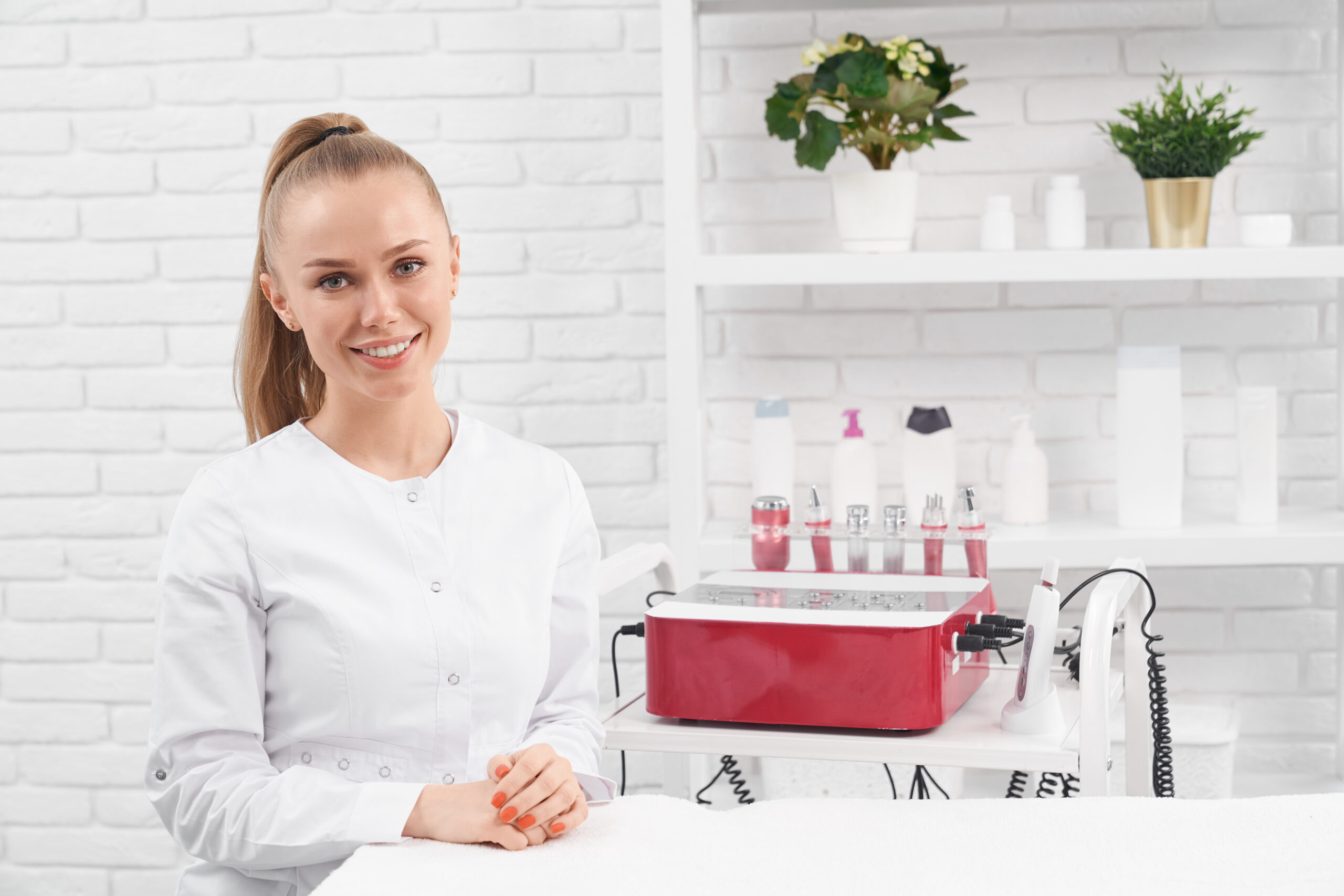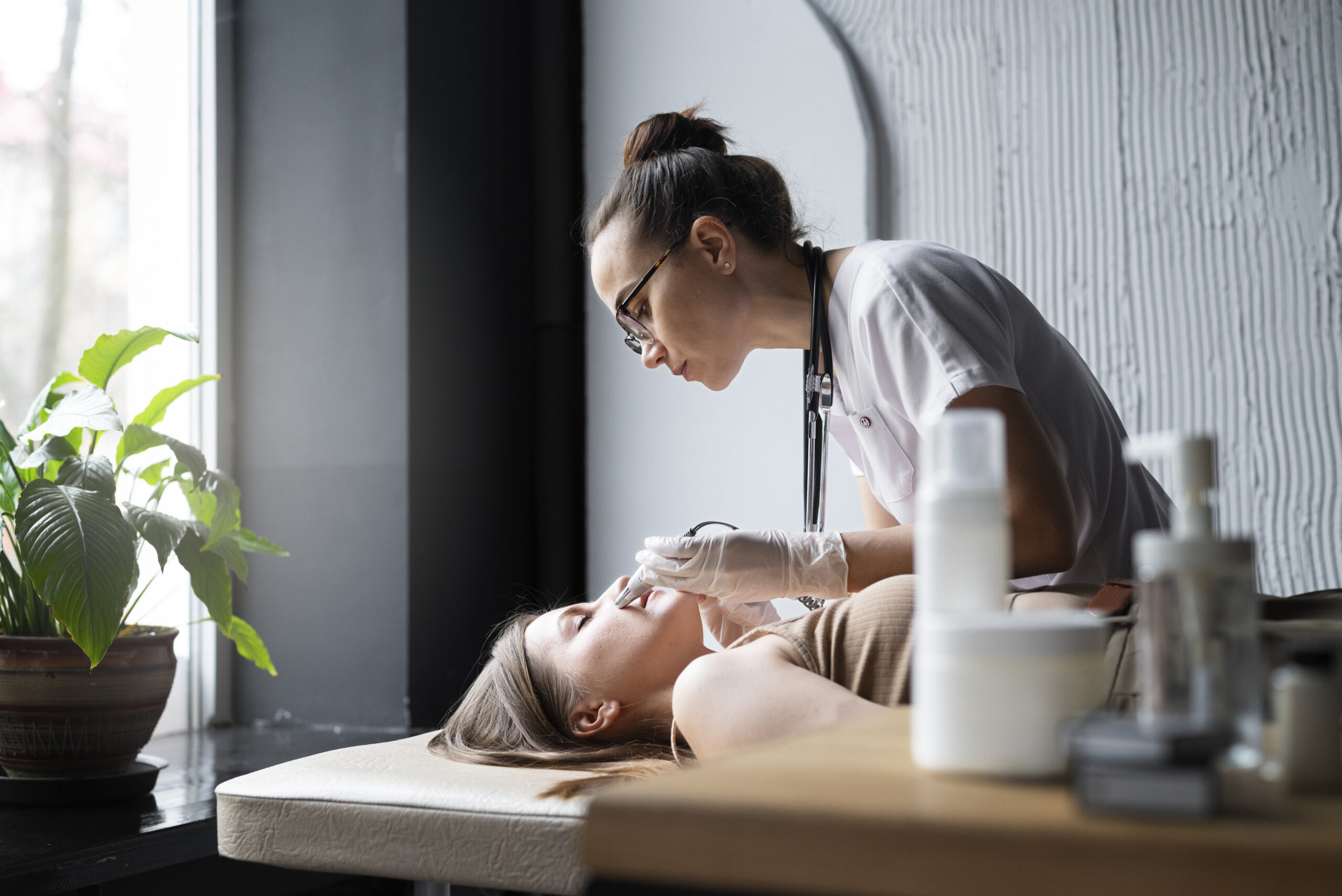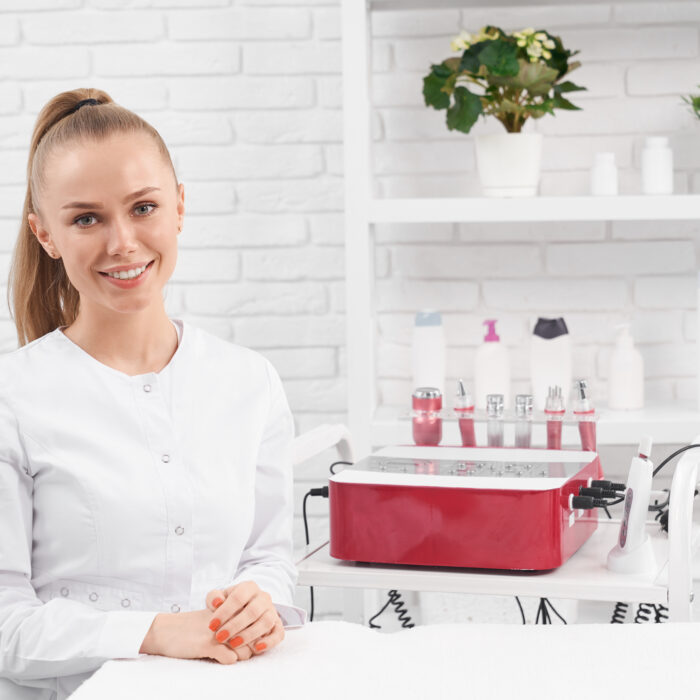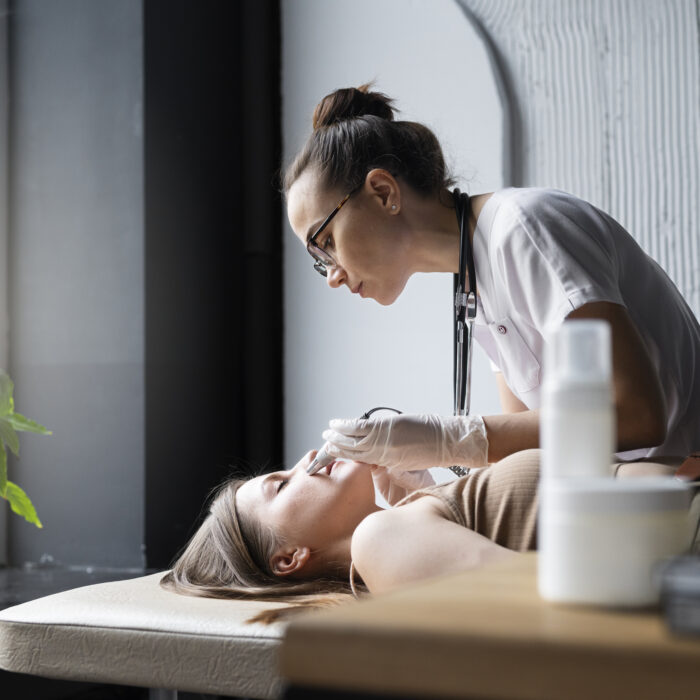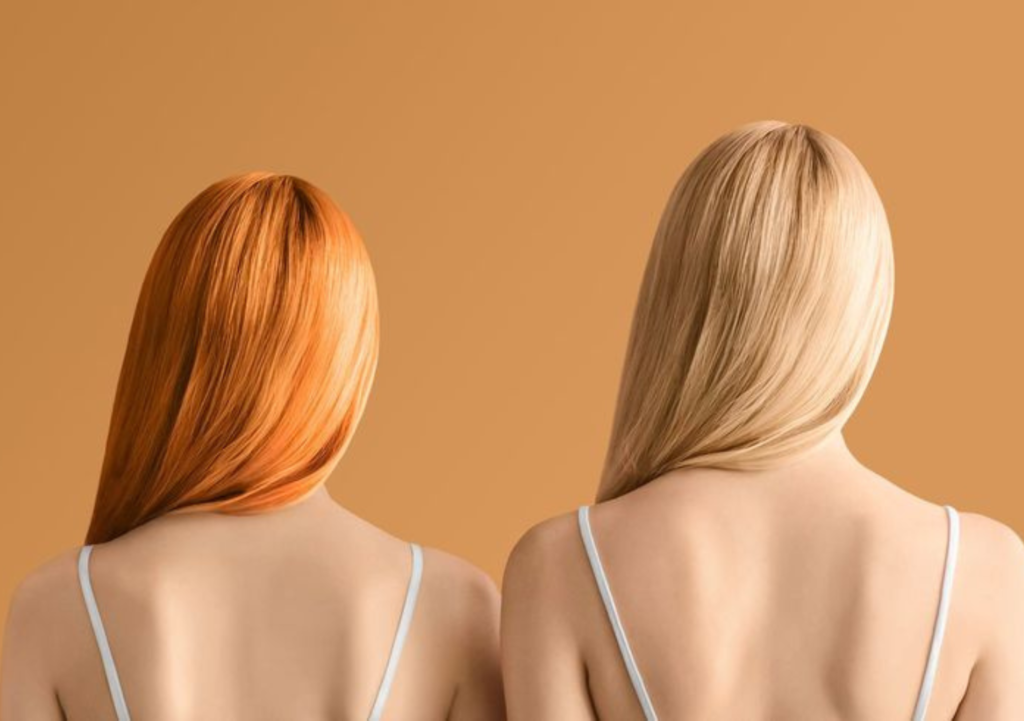
Understanding how permanent hair color works can clear up a lot of confusion—and is likely to reset your expectations. A widespread misconception is that “permanent” means your hair will stay the same color forever. But that’s not how it works. Many people are surprised when their vibrant, freshly dyed hair starts to fade just weeks or months after coloring, even when they’ve used a product labeled “permanent.” Permanent hair color is not simply paint; it is chemistry. The phrase “permanent” refers to how the color alters the internal structure of your hair, rather than providing a perpetual guarantee of vibrancy. It signifies that the artificial pigments are deeply buried in the hair shaft and cannot be easily removed with water or shampoo. However, this does not guarantee that the color will not alter, degrade, or lose intensity with time. Just because it doesn’t entirely wash away doesn’t imply it won’t evolve—or perhaps become unrecognizable—with time.
So, does permanent hair color ever truly wash out? Not exactly. But that doesn’t mean it stays looking fresh forever either. In this blog, you’ll find out what makes permanent hair color different from other types of dye, how it works on a chemical level, and why its color still changes over time—even though it’s called “permanent.”
What Is Permanent Hair Color?
Permanent hair color is designed to last longer than temporary or semi-permanent dyes because it alters your hair’s internal structure. When applied, it goes beyond the surface, changing the natural pigment inside each hair strand.
The process starts with a mix of two key components: ammonia and a developer, usually hydrogen peroxide. Ammonia opens up the outer layer of your hair—the cuticle—so that the developer can do its job. The peroxide strips away your natural pigment, creating a blank canvas for the new shade. At the same time, synthetic color molecules are deposited deep into the hair cortex, locking in the new hue. This deep penetration is what makes the dye “permanent.” Unlike temporary dyes that sit on the hair and wash out after a few shampoos, permanent hair color is chemically bonded inside the strand. That means you won’t rinse it with water alone, and it won’t fade as quickly as other formulas.
However, permanent doesn’t mean immutable. Over time, the molecules can shift, the vibrancy can dull, and the shade can change due to external factors. That’s where the concept of “fading” comes in—and it’s why the answer to whether permanent hair color washes out is both yes and no.
Does Permanent Hair Color Truly Stay Forever?
When discussing permanent hair color, it’s vital to note that the phrase “permanent” might be misleading. In the context of hair dye, “permanent” denotes that the color is intended to penetrate the hair shaft and cause a long-lasting transformation. Permanent hair dye, unlike temporary or semi-permanent hues, chemically modifies the natural coloring of the hair by opening the cuticle, allowing the color to link with the cortex. This technique produces a longer-lasting color change, which is why many people feel it is permanent.
However, despite the name, permanent hair color does not remain forever. While the color is supposed to remain in the hair shaft permanently, it does alter with time. Several things might cause the color to shift and fade, including sun exposure, washing, and other external forces. Permanent hair color remains in the hair but is subject to natural fading and wear. This means that, while your brilliant new hue may last longer than semi-permanent choices, it will not remain consistent throughout the strand’s life. It’s also important to note that the permanence of the color is relative to how well it’s maintained. Color-treated hair is still vulnerable to fading, particularly if you don’t take steps to protect it.
Why Hair Color Fades Over Time
Several factors contribute to the fading of permanent hair color, and understanding them can help you preserve your vibrant shade for longer. Let’s explore why your color may not stay as fresh and bold as the day you left the salon.
Shampooing Frequency and Harsh Ingredients
One of the most significant factors in color fading is how often you shampoo your hair. Frequent washing strips away the protective oils from your scalp and hair, which leaves the color more vulnerable to fading. Additionally, shampoos that contain harsh ingredients such as sulfates can strip color faster, as they break down the chemical bonds of the color molecules. Choosing color-safe, sulfate-free shampoos can help maintain your hue longer.
Heat Styling and Sun Exposure
Straighteners, curling irons, and blow dryers can damage the hair cuticle, making it easier for color molecules to escape. High temperatures, in particular, can open the hair shaft, resulting in faster fading. Similarly, continuous sun exposure can bleach the hair and cause the color to fade. UV rays degrade your hair color molecules, leaving it looking dull. To safeguard your color, apply a heat protectant before styling and wear a hat or UV protection spray to cover your hair from the sun.
Water Quality (e.g., Hard Water, Chlorine)
The water quality in your area can have a big impact on your hair color. Hard water, which contains high levels of minerals like calcium and magnesium, can cause buildup on the hair, making it look dull and causing the color to fade faster. Chlorine, often found in swimming pools, can also strip the color from your hair. If you swim frequently, consider wearing a swimming cap or a clarifying shampoo to remove chlorine buildup. Additionally, investing in a water softener for your home could help mitigate the effects of hard water on your hair.
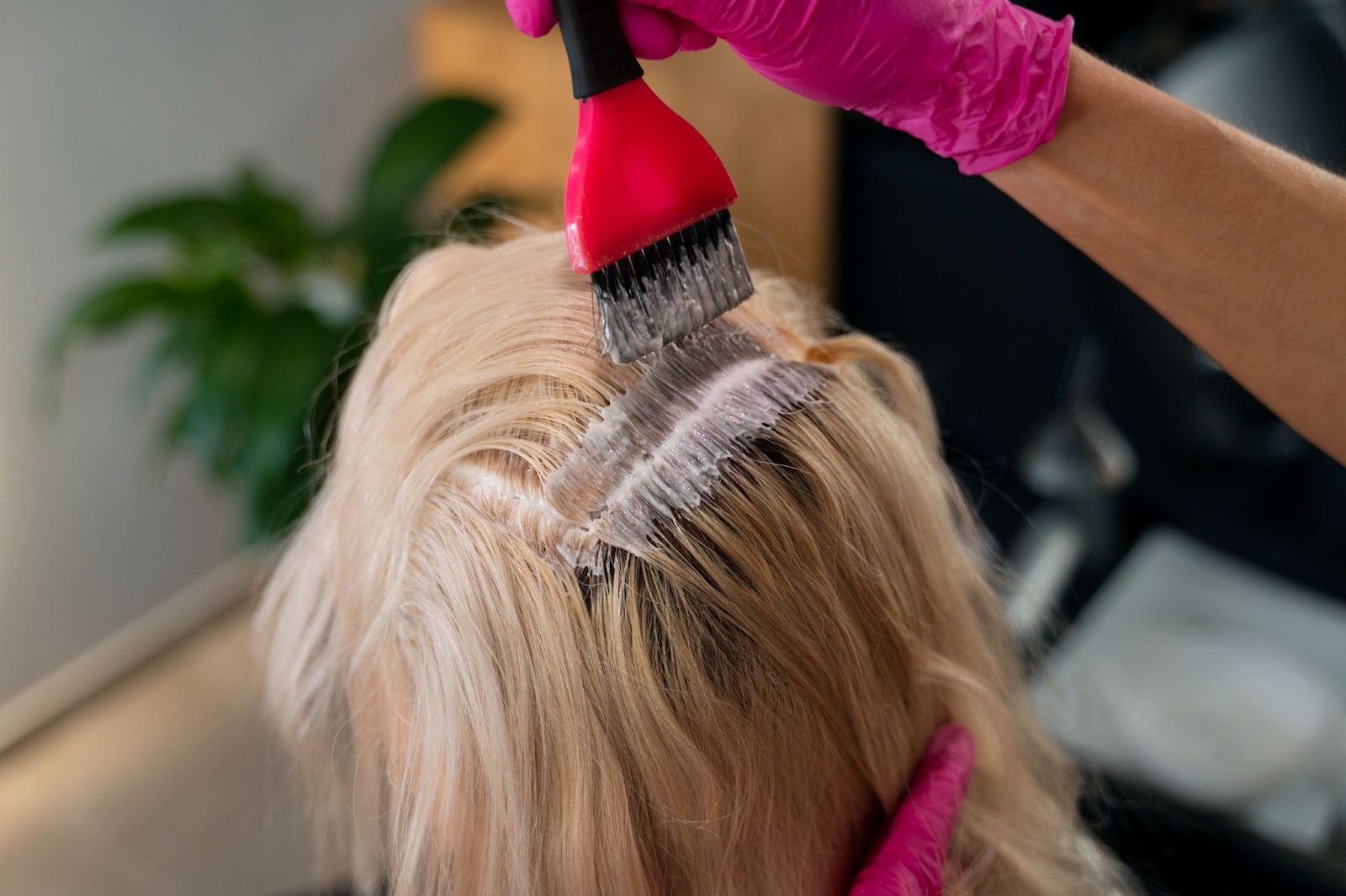
Hair Texture and Porosity
The texture and porosity of your hair also play a role in how well the color holds. Hair with high porosity, which has gaps and holes in the cuticle, tends to absorb color more quickly but releases it more easily. This can lead to faster fading, especially if your hair is dry or damaged. On the other hand, hair with low porosity (hair that’s tightly sealed) may hold onto color longer, but it can be harder for the dye to penetrate initially. Understanding your hair’s porosity can help you choose the right color treatment and aftercare products to maximize color retention.
Color Choice: Some Shades Fade Faster
Certain hair color shades are naturally more prone to fading than others. For instance, shades of red, especially vibrant or bright reds, are notorious for losing their intensity faster. The smaller dye molecules used in red colors can escape the hair shaft more easily. Similarly, pastel shades tend to fade quickly because they’re created with diluted pigments, which means the color doesn’t have as strong a bond with the hair as deeper tones do. If you choose a color that is more prone to fading, regular touch-ups and special care are necessary to maintain your look.
How to Maintain Permanent Hair Color
Keeping your hair color vibrant doesn’t end when you leave the salon—it requires consistent care. While permanent dye is designed to last longer than other types, the right maintenance can make all the difference in how your color holds up over time.
Choose color-safe shampoos and conditioners: Start with your washing routine. Use products specifically labeled as “color-safe” or “sulfate-free.” These formulas are gentler and help preserve the pigment in your hair. Harsh detergents, especially sulfates, can strip away color and moisture, leading to dullness and dryness.
Limit heat styling and protect against UV exposure: High heat from styling tools like flat irons and curling wands can weaken your hair cuticle and speed up color fading. Whenever you use heat, apply a heat protectant spray. Likewise, UV rays from the sun can degrade the pigment in your hair. Protect your strands with a UV shield or simply wear a hat when outdoors for long periods.
Use cool or lukewarm water when washing: Hot water opens up the hair’s cuticle, allowing color molecules to slip out more easily. Cooler water helps keep the cuticle sealed, locking in the pigment and helping your color last longer between washes.
Schedule regular salon visits: Even permanent hair color needs a refresh now and then. Toner treatments or glosses can help revive faded shades and correct any unevenness. Staying on top of touch-up appointments will keep your hair looking polished and well-maintained.
When to Re-Dye or Let It Fade
Eventually, your hair color will reach a point where it needs attention. But how do you know when it’s time to re-dye—and when it might be better to let the color fade naturally?
Signs your hair color needs a refresh: If you’re noticing visible root growth, a loss of vibrancy, or the tone looking uneven or brassy, it’s likely time for a touch-up or full color refresh. These are normal signs that your color is starting to wear.
Re-dye, color correction, or grow it out: You can re-dye your hair the same color, change to a different shade, or let your color fade out gradually and grow your natural hair back in. A professional color correction may be required to restore balance, If the color has altered significantly or faded unevenly,
Consider long-term hair health: Repeated chemical processing can lead to damage, especially if not spaced out properly. If your hair feels brittle or dry, it might be a good time to pause and focus on nourishing treatments. A healthy hair routine in between color sessions can help maintain your hair’s integrity.
Permanent hair color offers long-lasting results, but that doesn’t mean it’s immune to change. Over time, all color fades to some extent—whether due to heat, washing, sun exposure, or simply the natural aging of the dye in your hair.
What matters most is how you care for it. Using the right products, being gentle with your routine, and committing to regular upkeep will keep your color looking rich and fresh. And if you’re ever unsure whether it’s time to re-dye or take a break, consider both the appearance and the health of your hair.

